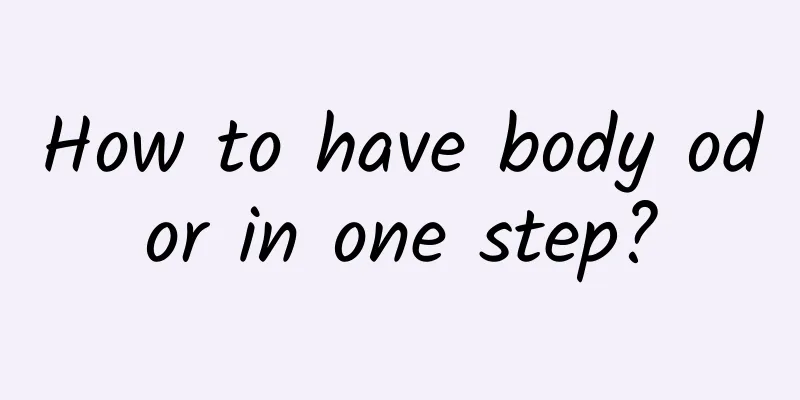How to treat tinea pedis

|
Athlete's foot is a common disease of the foot skin. It is caused by fungal infection. Athlete's foot not only affects our own body, but also can be transmitted to others. Therefore, once we find that we have athlete's foot, we should actively seek treatment. Of course, we should also do a good job of preventing athlete's foot in our daily life. Let's take a look at the introduction to athlete's foot below.
The treatment of athlete's foot is not that easy. We need to make appropriate treatment according to the different symptoms caused by athlete's foot. We can use oral medications and some topical medications to treat athlete's foot. 1. Those with erosion and exudation between toes Do not use any strongly irritating medications externally. It is best to allow the wound to dry and astringent before applying medication. You can apply a 1:8000 potassium permanganate solution as a wet compress, then apply external oil or powder, and after the skin is dry, switch to creams or ointments such as terbinafine hydrochloride. 2. If the skin is severely keratinized and thickened, antifungal drugs are difficult to penetrate and absorb You can first use 10% salicylic acid ointment or compound benzoic acid ointment to soften the cuticle, and then use antifungal drugs. If the skin is obviously dry and cracked, you can soak it in warm water each time to soften the cuticle, and then use antifungal drugs. For those with obvious dry and cracked skin, you can apply ointment locally after soaking in warm water each time, then seal it with plastic film and wrap it with a bandage. Remove it after 24 to 48 hours and then use antifungal drugs. 3. Small blisters on the feet that have not broken You can first soak it in 3% boric acid solution, and then use antifungal creams such as bifonazole cream. 4. Tinea pedis combined with bacterial infection, in principle, should be treated with local antibacterial agents first You can use furacilin solution or 1:2000 berberine solution for wet compress. For severe infection, you can take antibiotics orally, such as cephalexin capsules, erythromycin, etc. 5. Systemic treatment For stubborn tinea pedis, oral medications can be given if there are no contraindications. Such as terbinafine, itraconazole, fluconazole, etc. These oral medications are effective, but attention should be paid to their possible side effects and they should not be used by people with poor liver function. 6. Take your medication consistently Tinea pedis is a chronic infection in which fungi grow and multiply in the stratum corneum and require long-term medication to completely eliminate it. Therefore, after the symptoms of tinea pedis are relieved, you still need to continue taking the medication. The skin's metabolic cycle is about 28 days, so the medication must be taken for more than four weeks. It is best to conduct fungal examination and culture, and it is considered cured only if the results are negative for three consecutive weeks. 7. Don’t abuse medication The most important thing about using medicine for tinea pedis is to carry out consistent and regular treatment according to the classification. Do not blindly treat the disease on your own, as this often delays and worsens the condition. 8. Medication should be based on the specific conditions of the disease Tinctures should not be used on broken areas, and ointments should be used on thickened skin and cracks. 9. When tinea pedis is secondary infected, acute inflammation occurs locally It cannot be treated according to general tinea pedis treatment, and the secondary infection should be dealt with first. If there is redness or swelling, apply boric acid water or furazolidone liquid for cold or warm compress locally. If necessary, antibiotics should be applied systemically and you should rest properly as instructed by the doctor. Above we introduced what athlete's foot is. We know that athlete's foot is a common disease of the foot skin. Athlete's foot is easily contagious to others, so we must actively treat athlete's foot. The above article introduces in detail the various treatment methods of athlete's foot. We can use both topical and oral medications to deal with athlete's foot. |
<<: What to do if your feet are severely peeling
>>: What to do about athlete's foot
Recommend
Why do you need tongue split surgery?
Everyone has a tongue, and we all know that the t...
Cnidium monnieri for premature ejaculation
Premature ejaculation is a very common disease. S...
Acupuncture treatment of cervical spondylosis is very effective
Due to work reasons, most people usually face com...
Can I drink milk tea when my aunt comes?
For women, they must strengthen their diet during...
Why do young people lose their hair?
There are many reasons for young people to experi...
How long does it take for the swelling to subside after double eyelid surgery?
After double eyelid surgery, you must pay attenti...
How do male hemorrhoids form? What should I do?
Nowadays, people are under increasing pressure in...
Can boiled carrots in water cure diarrhea?
Carrots are a common food in our lives. Not only ...
What to do if the soles of your feet peel in summer
Peeling of the soles of the feet is generally mor...
The harm of having two abortions for women
If the abortion is done smoothly and does not aff...
How to quickly reduce fever in children
Children's immunity is relatively low, and wh...
What is the correct way to decoct Chinese medicine?
Traditional Chinese medicine is the crystallizati...
The earliest and most prominent symptoms of myocardial infarction
Myocardial infarction is a relatively common comp...
What are the symptoms of encephalitis in adults?
Infants and young children have a relatively high...
What to do with a cold and a headache? Traditional Chinese medicine teaches you how to relieve headaches
The weather is hot in the summer, and many people...









